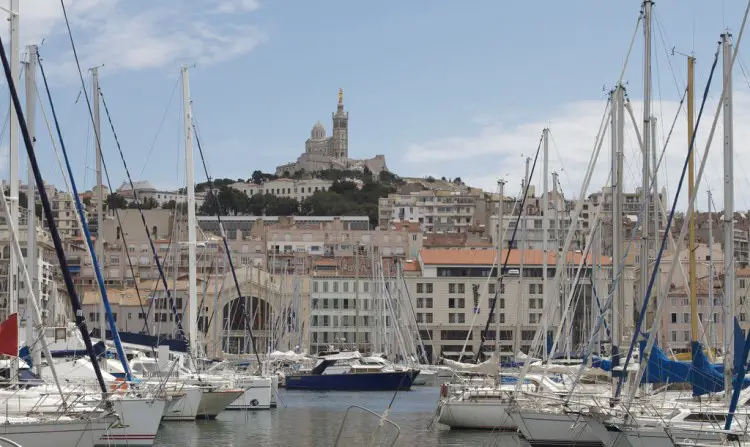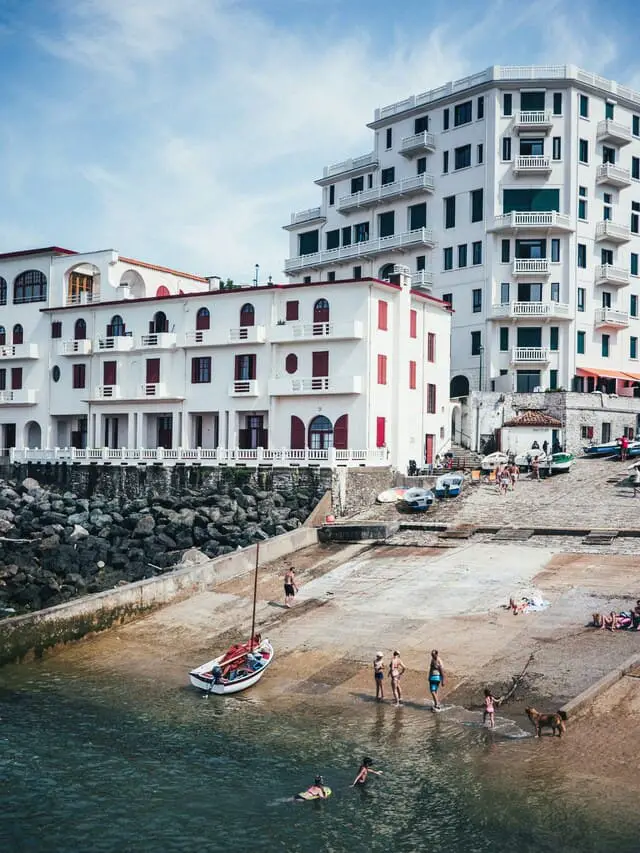Ouistreham, a key port town in Normandy, France, played a crucial role during the D-Day landings on June 6, 1944. Known for its strategic importance in the Allied liberation of Western Europe from Nazi control, Ouistreham offers a rich historical tapestry.
During my recent visit, I gained a profound appreciation of the town’s significance and the sacrifices made during World War II.
History of Ouistreham
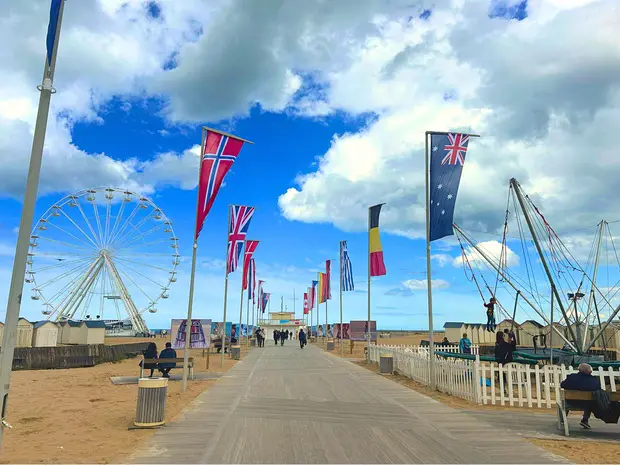
Before the D-Day landings, Ouistreham was a quiet coastal town with a rich history dating back to medieval times.
Its strategic location made it a vital point during various military campaigns throughout the centuries.
In the early 20th century, Ouistreham was known for its picturesque beaches and vibrant local culture.
However, it was the events of June 1944 that truly marked Ouistreham’s place in history.
The Role of Ouistreham in D-Day
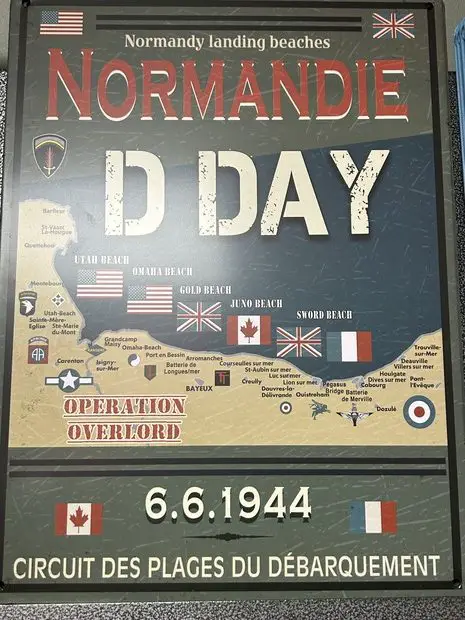
During the D-Day invasion, Ouistreham was a critical target for the Allied forces due to its coastal defenses and proximity to key landing beaches, particularly Sword Beach.
On the morning of June 6, 1944, British forces, along with Free French Commandos, landed at Sword Beach and faced fierce resistance from the German defenders.
The capture of Ouistreham was essential to securing the eastern flank of the landing area and ensuring the success of the overall invasion plan.
Pegasus Bridge
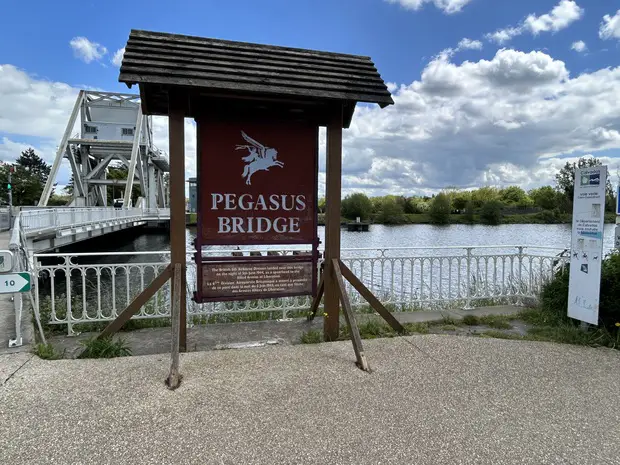
One of the most iconic sites in the area is the Pegasus Bridge, located a few kilometers from Ouistreham.
This bridge was crucial for the success of Operation Overlord, the codename for the Battle of Normandy. Capturing Pegasus Bridge was vital for preventing German counterattacks against the eastern flank of the landing area.
In the early hours of D-Day, British airborne forces, led by Major John Howard, executed a daring glider assault to seize the bridge. Their successful capture of Pegasus Bridge played a significant role in the overall success of the Normandy invasion.
The swift and precise action of these troops ensured that the bridge remained intact and allowed Allied forces to advance inland.
Café Gondrée
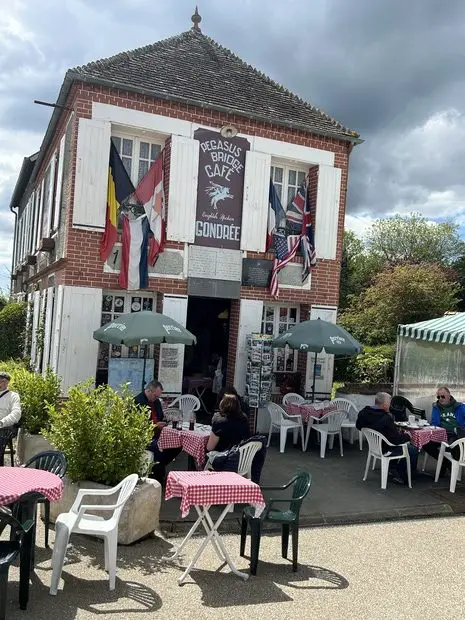
Adjacent to Pegasus Bridge stands Café Gondrée, renowned as the first building liberated in France on D-Day.
The café’s owner, Georges Gondrée, and his family played a heroic role by providing intelligence to the Allied forces. The family had been secretly aiding the French Resistance by gathering information about German defenses and passing it on to the Allies.
On the night of the glider assault, the Gondrée family offered immediate support to the paratroopers, providing medical care and refreshments.
Today, the café serves as a living museum, filled with memorabilia and stories of the war.
The Gondrée family’s contributions and the café’s liberation are cherished memories in the local community and beyond, symbolizing the resilience and bravery of the French people during the occupation.
Monument of June 6, 1944
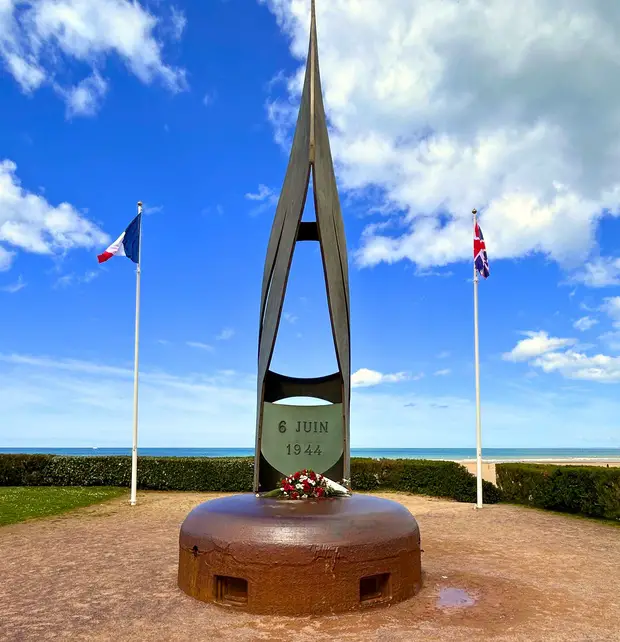
The Monument of June 6, 1944, located in Ouistreham, serves as a poignant reminder of the sacrifices made during the D-Day landings.
This monument honors the brave soldiers who fought and died to liberate France from Nazi occupation.
Each year, commemorative events are held at this site, drawing visitors and veterans from around the world.
The monument stands as a testament to the collective memory and enduring gratitude for those who fought for freedom.
The annual D-Day commemorations include ceremonies, parades, and reenactments, providing an opportunity for new generations to learn about and honor the past.
Café Picot
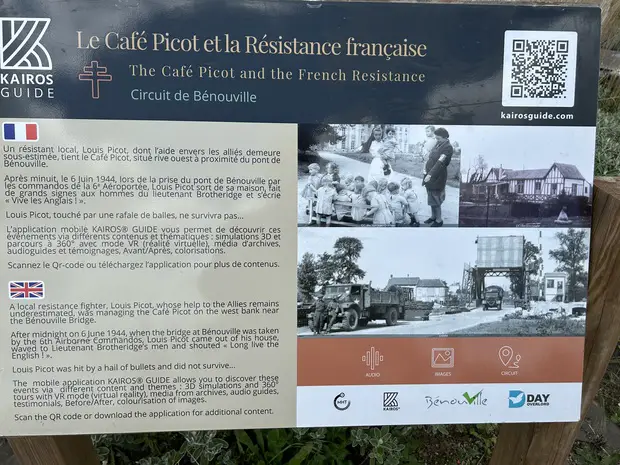
Another notable site is Café Picot, which also has a rich history linked to the events of World War II.
During the war, the café served as a gathering place for resistance fighters and Allied troops. The owner, Jean Picot, was an active member of the French Resistance and used the café as a meeting point for exchanging information and planning sabotage missions.
Stories of clandestine meetings and local heroism are deeply embedded in the history of Café Picot.
Visiting Ouistreham Today
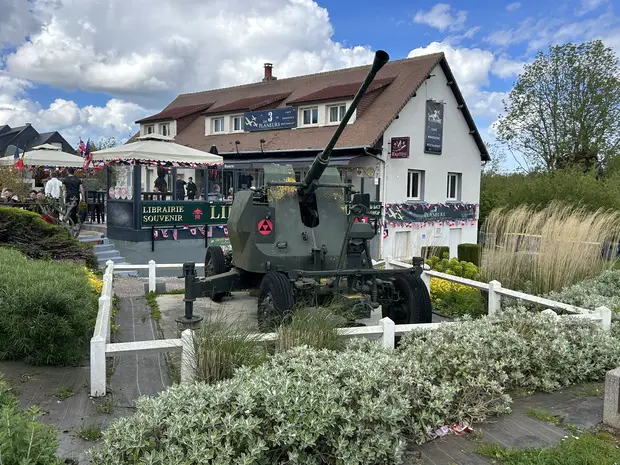
Today, Ouistreham is a vibrant town that attracts visitors keen to explore its historical sites and learn about its wartime legacy.
Tourists can visit the Normandy beaches, the Pegasus Bridge Museum, and the Grand Bunker Museum, which offers insights into the Atlantic Wall defenses.
The Grand Bunker, a former German command post, has been preserved as a museum showcasing the extensive fortifications built by the Nazis along the coast.

For those interested in shopping, numerous souvenir shops offer memorabilia and books on the D-Day landings. Ouistreham also hosts various commemorative events and reenactments, providing a dynamic and educational experience for visitors.
The town’s charm and historical significance make it a poignant destination for history enthusiasts and those looking to pay their respects to the fallen.

Ouistreham’s historical significance and its role in the D-Day landings make it a must-visit destination for history enthusiasts.
By exploring its monuments, museums, and historical sites, visitors can gain a deeper understanding of the events that shaped the course of World War II and appreciate the enduring legacy of those who fought for freedom.
I highly recommend a visit to Ouistreham, not just as a journey through history, but as a tribute to the bravery and sacrifices that changed the world.
I aim to share my tips and recommendations for the beautiful country of France. My goal is to help you plan your next adventure, whether it’s a weekend getaway or a once-in-a-lifetime trip. From finding the best hotels and restaurants, to discovering unique activities and sights, I’ve got you covered!

